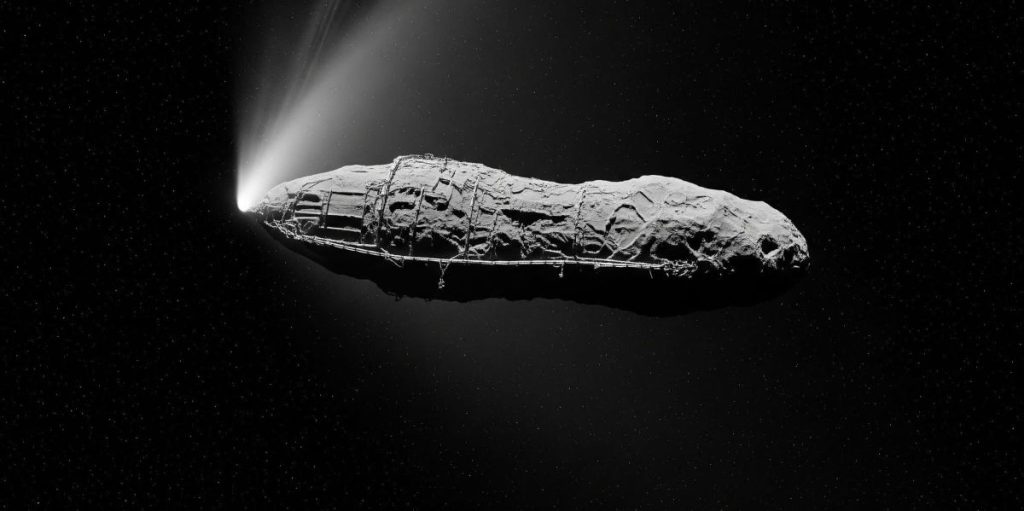Moments of scientific mystery can quickly become breeding grounds for speculation In the digital age.
Others are reading now
When reliable information is scarce, imagination fills the gap, and social media often becomes the loudest voice in the room.
Unverified images spread
Photos and videos claiming to show the interstellar comet 3I/ATLAS have flooded social media this week, drawing millions of views and fueling claims of extraterrestrial technology.
The images, which users said were released by NASA, depict an elongated, spacecraft-like object surrounded by a glowing dust halo.
However, as reported by WION, NASA has made no official comment confirming or denying the authenticity of the visuals.
The circulating posts include one series of four photos allegedly “captured by the Hubble Space Telescope” and another short video said to come from “Japanese scientists.” Neither has been verified.
Also read
NASA’s silence questioned
The lack of confirmation from space agencies has led to growing online debate. Some users have argued that the agency’s silence amid a U.S. government shutdown suggests it is withholding information about the interstellar visitor.
Others point out that the language in the supposed Japanese video is not Japanese at all, and that the still images appear to have been generated using artificial intelligence.
Harvard astrophysicist Avi Loeb has repeatedly urged NASA to release legitimate images of 3I/ATLAS taken by the Mars Reconnaissance Orbiter in early October. So far, he says, there has been no response.
Misinformation surge
Space experts warn that the situation highlights how misinformation spreads in the absence of transparent communication.
“When official data stops flowing, speculation moves faster than science,” one astronomer told WION.
Also read
Public interest in 3I/ATLAS has surged since its discovery earlier this year.
The comet, believed to be more than seven billion years old, is only the third known interstellar object to pass through our solar system.
Its unusual brightness and changing color have already made it a subject of global fascination and, increasingly, of online conspiracy.
Analysts say that NASA and other agencies could help counter false narratives by releasing verified data and images more promptly.
Until then, digital fabrications and viral posts are likely to dominate public perception of one of the rarest cosmic events in years.
Also read
Sources: WION, NASA, Harvard University, social media reports



